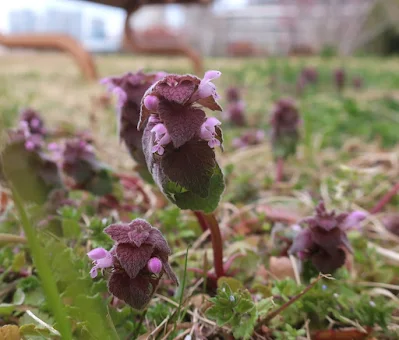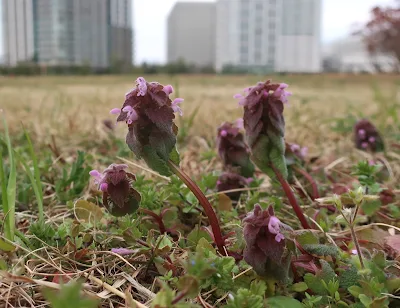Japanese follows English. 英語の後に日本語が続きます。
They're cherry laurel blossoms (Prunus laurocerasus) and you may think now these are beautiful cherry blossoms, but in Japan, they're not "cherry." The western countries consider all the plants in the Prunus genus as cherry while Asian countries including Japan consider only those in the Cerasus subgenus (i.e., a subgenus of Prunus) cherry. These blossoms are called in Japanese "
beniba sumomo," meaning "red leaf plum."
Having said that however, many Japanese, including myself before knowing that, don't distinguish between Prunus and Cerasus exactly. That's why while I was photographing them, two women talked to me, saying that these cherry blossoms were so pretty. I proudly😜 explained that they were not "cherry" but "plum." Both were surprised and thanked me! The cherry, oops, plum blossoms, not only gave me joy but also created opportunities to have enjoyable chats with these ladies.
 |
| Cherry laurel (Prunus laurocerasus) ベニバスモモ(紅葉李) |
































